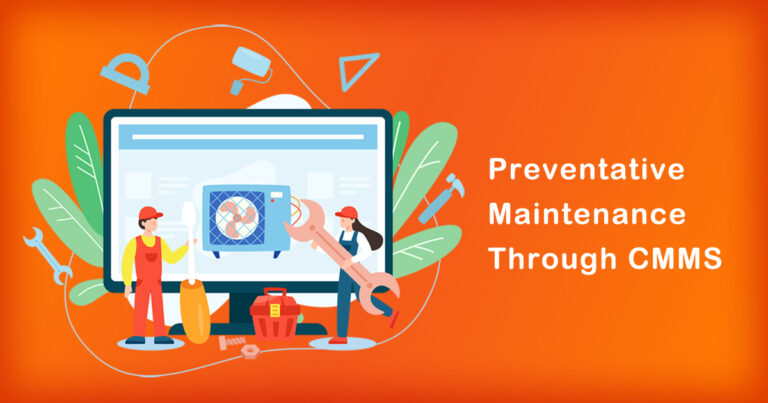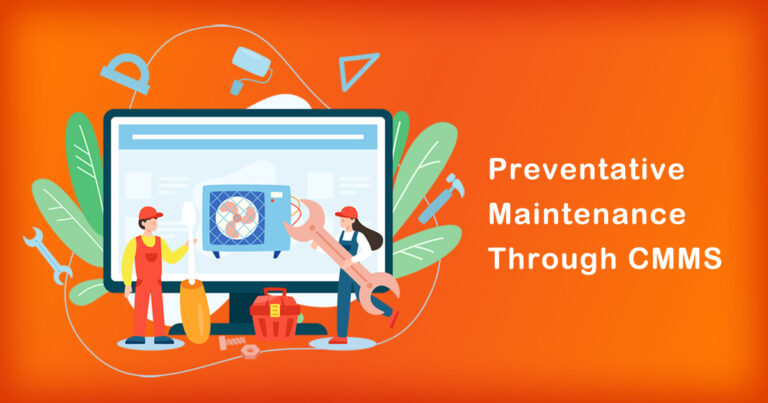Introduction
A Computerized Maintenance Management System (CMMS) is an essential tool for organizations that are looking to improve their maintenance operations. One of the key benefits of using a CMMS is its ability to help with budget planning. In this article, we will discuss the role of CMMS in budget planning and how it can help organizations save time and money.
CMMS is a software system designed to manage and track all aspects of maintenance operations. It helps organizations to plan, schedule, and execute maintenance tasks efficiently. With a CMMS, organizations can track maintenance work orders, inventory management, asset tracking, and more.
One of the key benefits of using a CMMS is its ability to help with budget planning. Budget planning is an essential process that involves forecasting an organization’s financial needs for the upcoming year. The process involves analyzing historical data, assessing the organization’s current financial situation, and developing a budget that aligns with the organization’s goals and objectives.
CMMS plays a critical role in budget planning by providing organizations with the data they need to make informed decisions. Here are some ways in which CMMS helps organizations with budget planning:
1. Asset Tracking:
A CMMS helps organizations track their assets and understand their maintenance needs. By knowing when an asset needs maintenance or repair, organizations can plan their budget accordingly. A CMMS also helps organizations track the cost of maintenance for each asset, which can help them plan their budget for the upcoming year.
2. Predictive Maintenance:
A CMMS can help organizations implement a predictive maintenance program. By analyzing data from sensors and other sources, a CMMS can predict when maintenance will be needed. This can help organizations plan their budget more accurately, as they can anticipate the maintenance needs of their assets.
3. Work Order Management:
A CMMS helps organizations manage their work orders efficiently. By automating the work order process, a CMMS reduces the time and effort required to manage work orders. This can help organizations save money and plan their budget more effectively.
4. Inventory Management:
A CMMS helps organizations manage their inventory more efficiently. By tracking inventory levels, a CMMS helps organizations avoid overstocking or understocking. This can help organizations save money by reducing the amount of inventory they need to keep on hand.
5. Data Analysis:
A CMMS provides organizations with a wealth of data that can be used for budget planning. By analyzing maintenance data, organizations can identify trends and patterns that can inform their budget decisions. For example, if an organization notices that a particular asset requires more maintenance than expected, they can adjust their budget accordingly.
Conclusion
In conclusion, a CMMS is an essential tool for organizations that want to improve their maintenance operations and plan their budget more effectively. By providing organizations with the data they need to make informed decisions, a CMMS can help organizations save time and money while improving their maintenance operations. Organizations that are looking to improve their maintenance operations and budget planning should consider implementing a CMMS.








